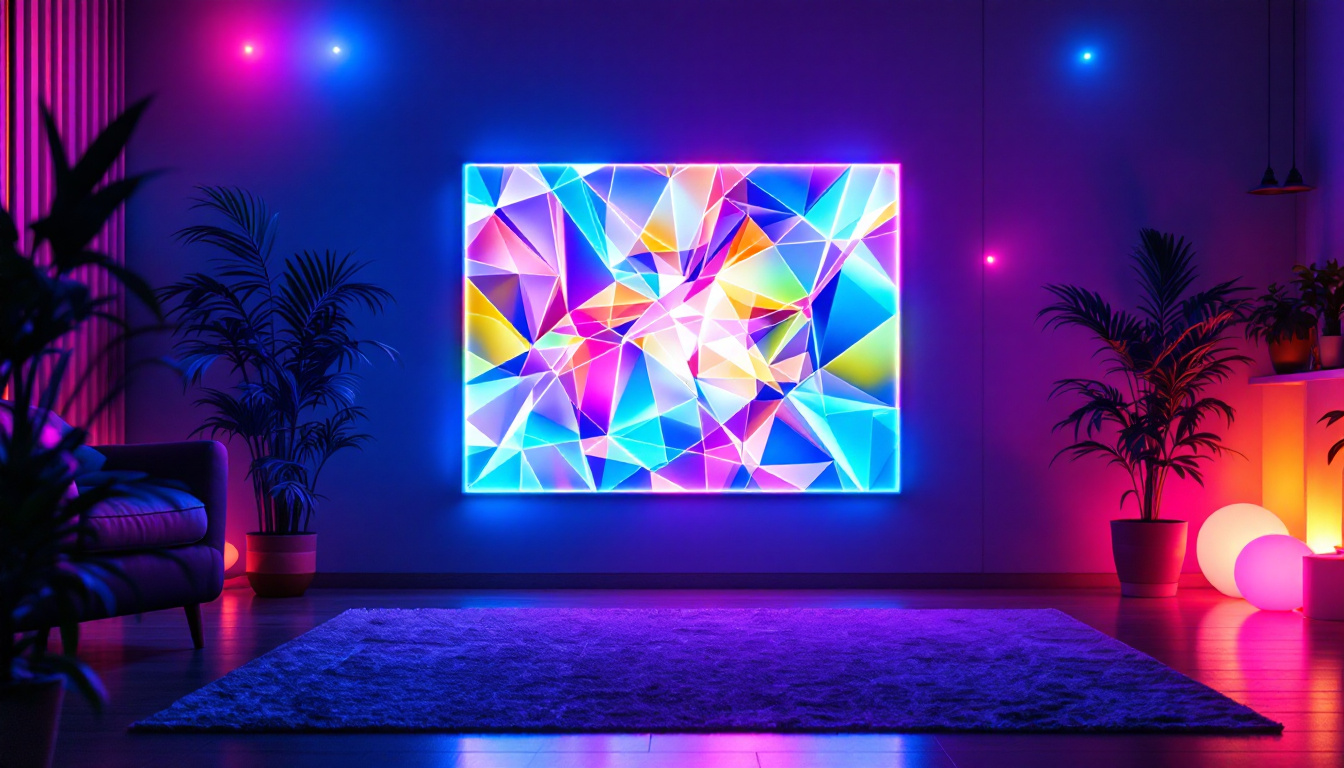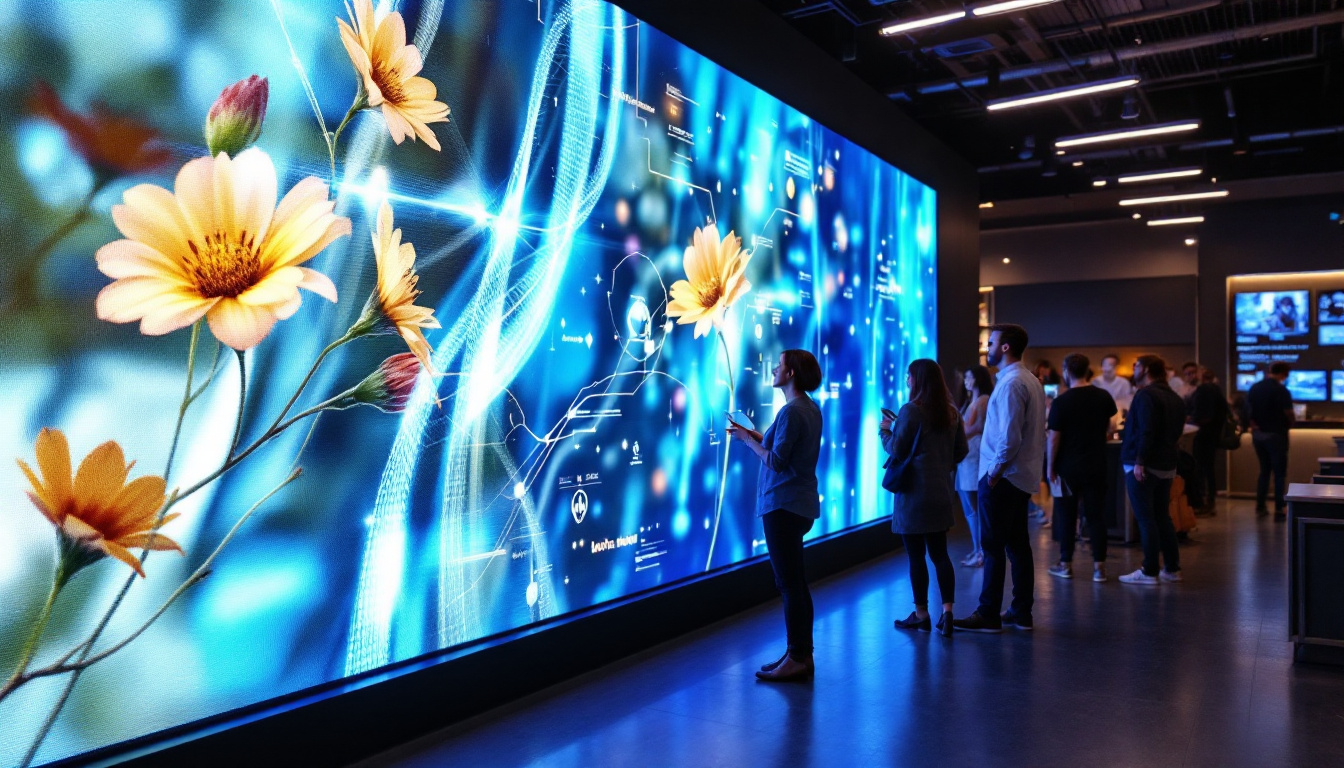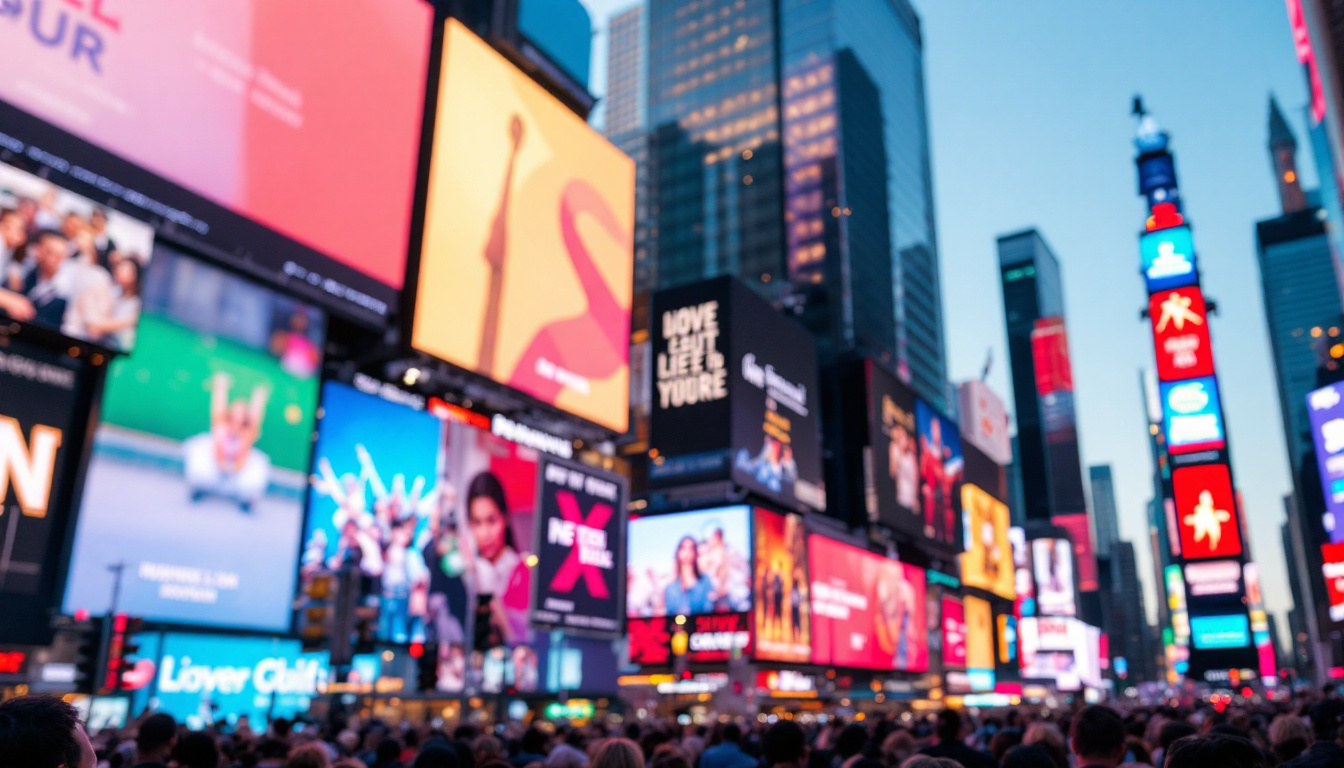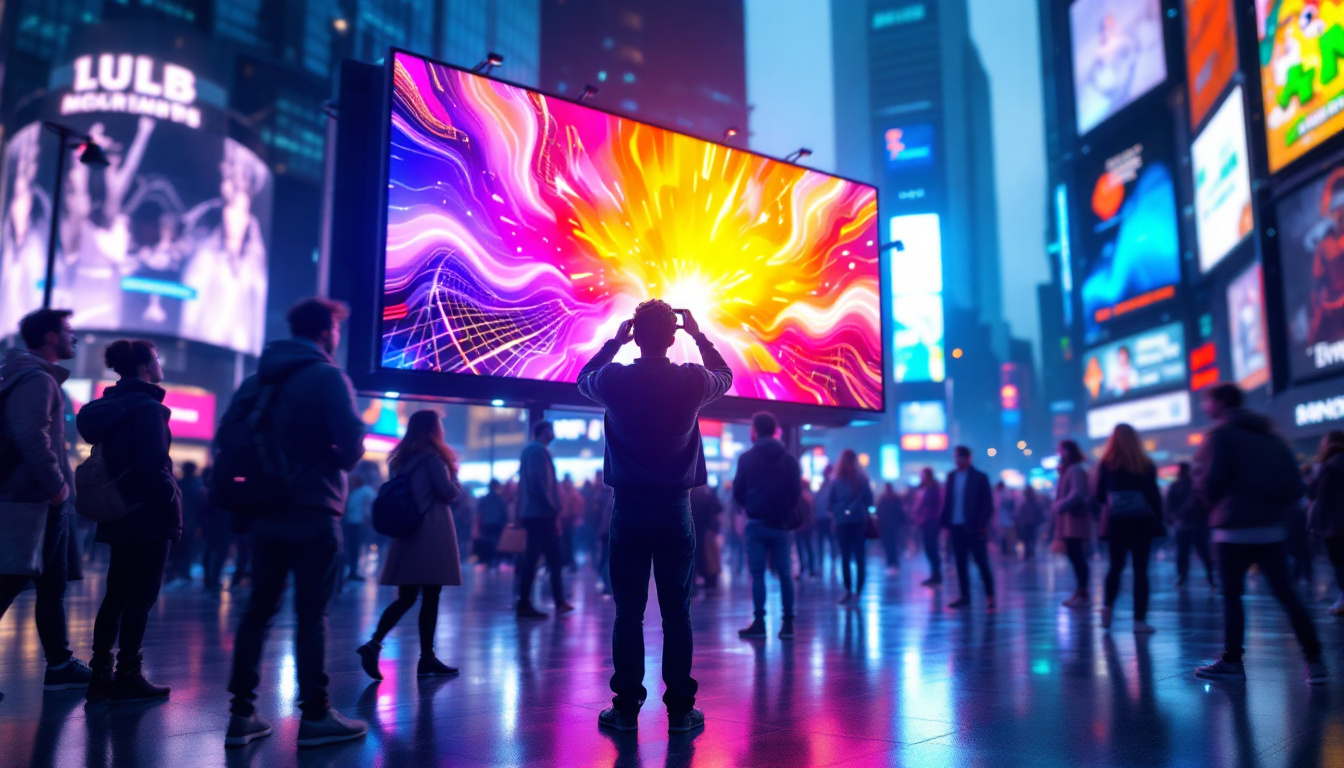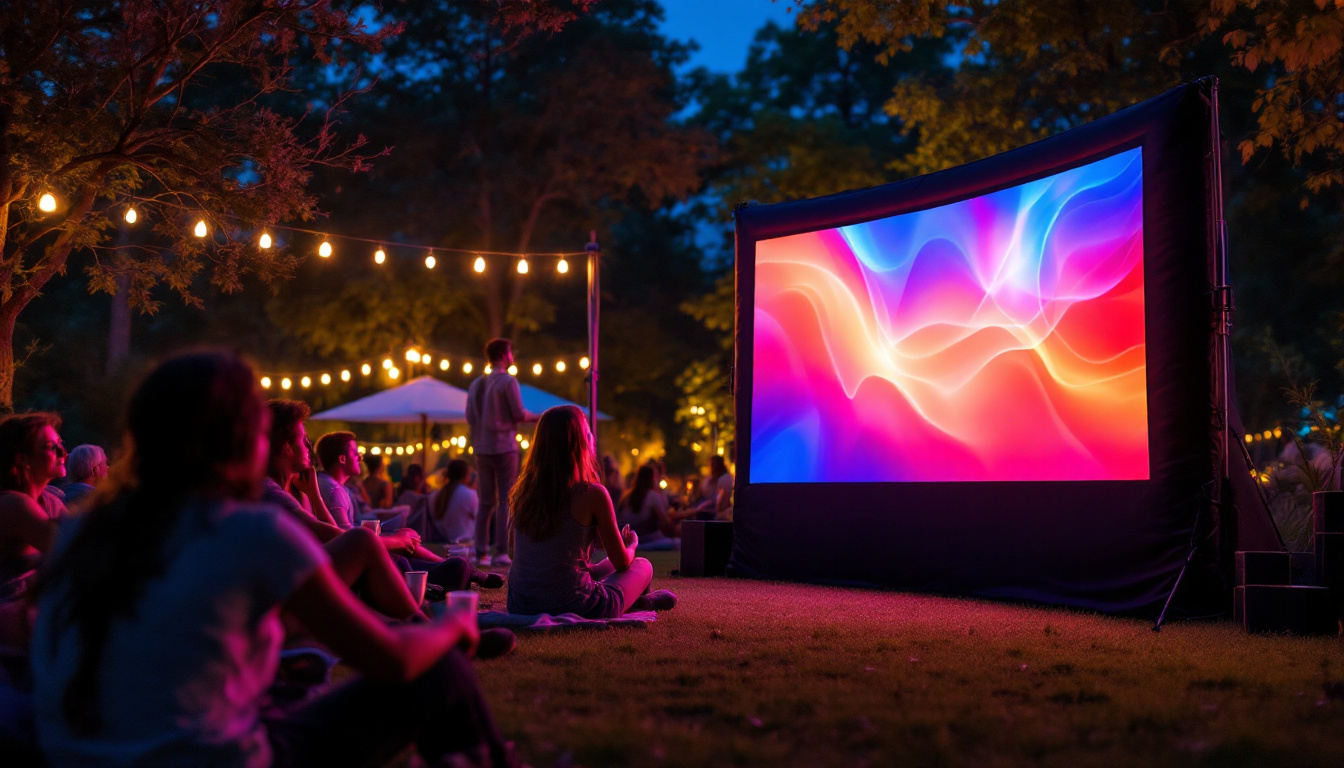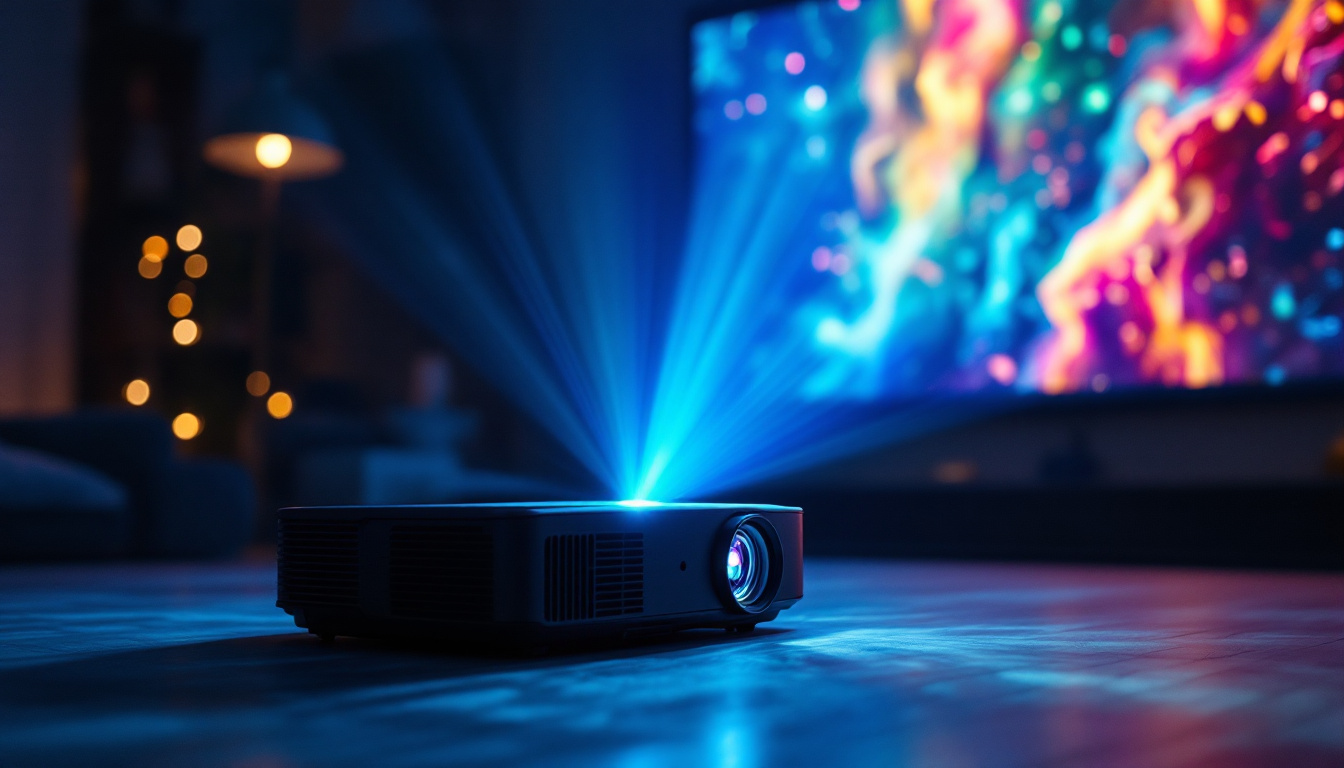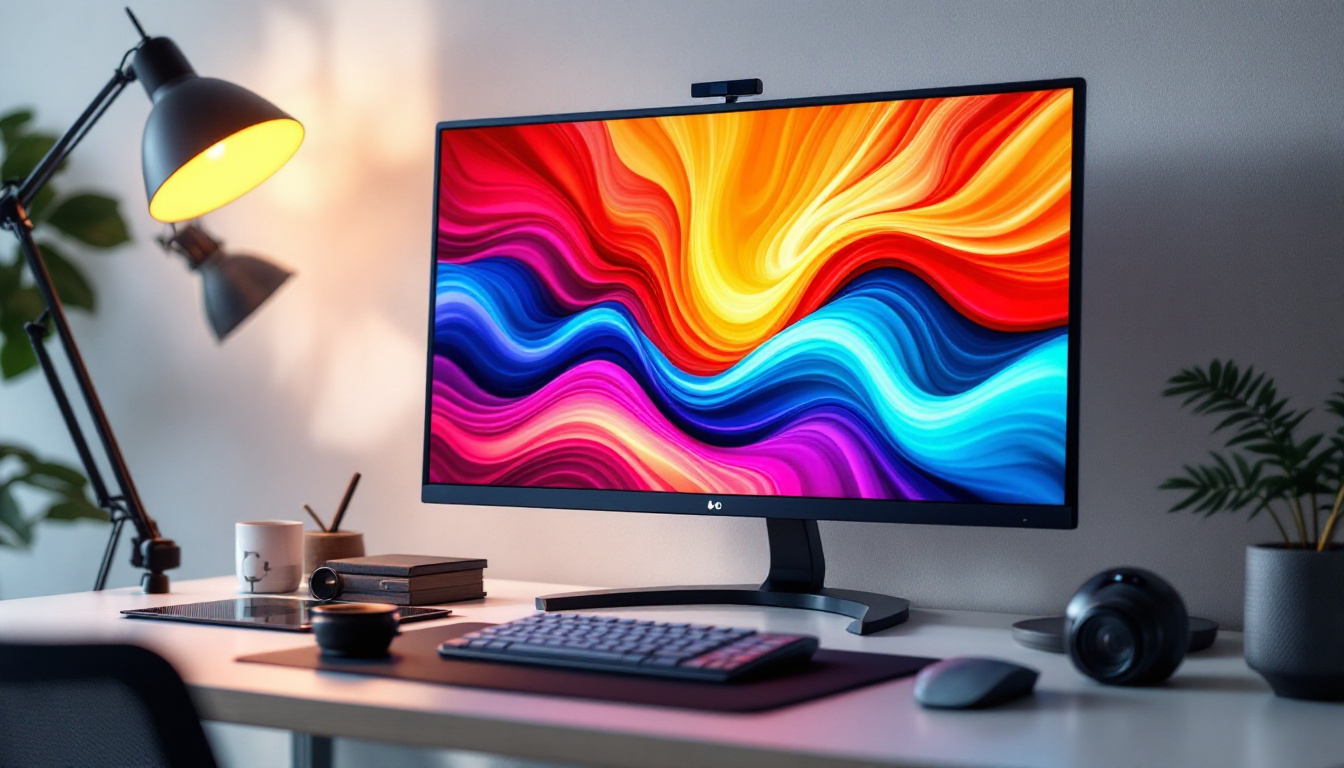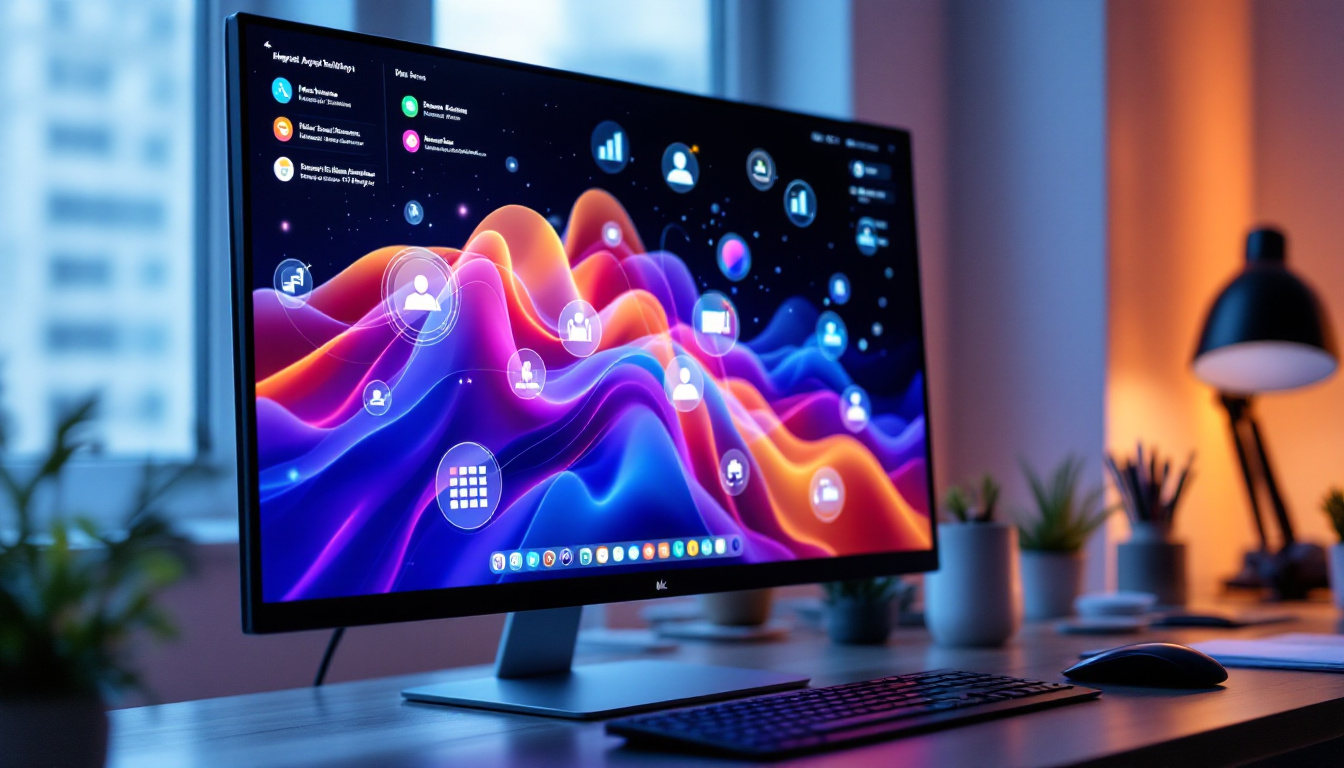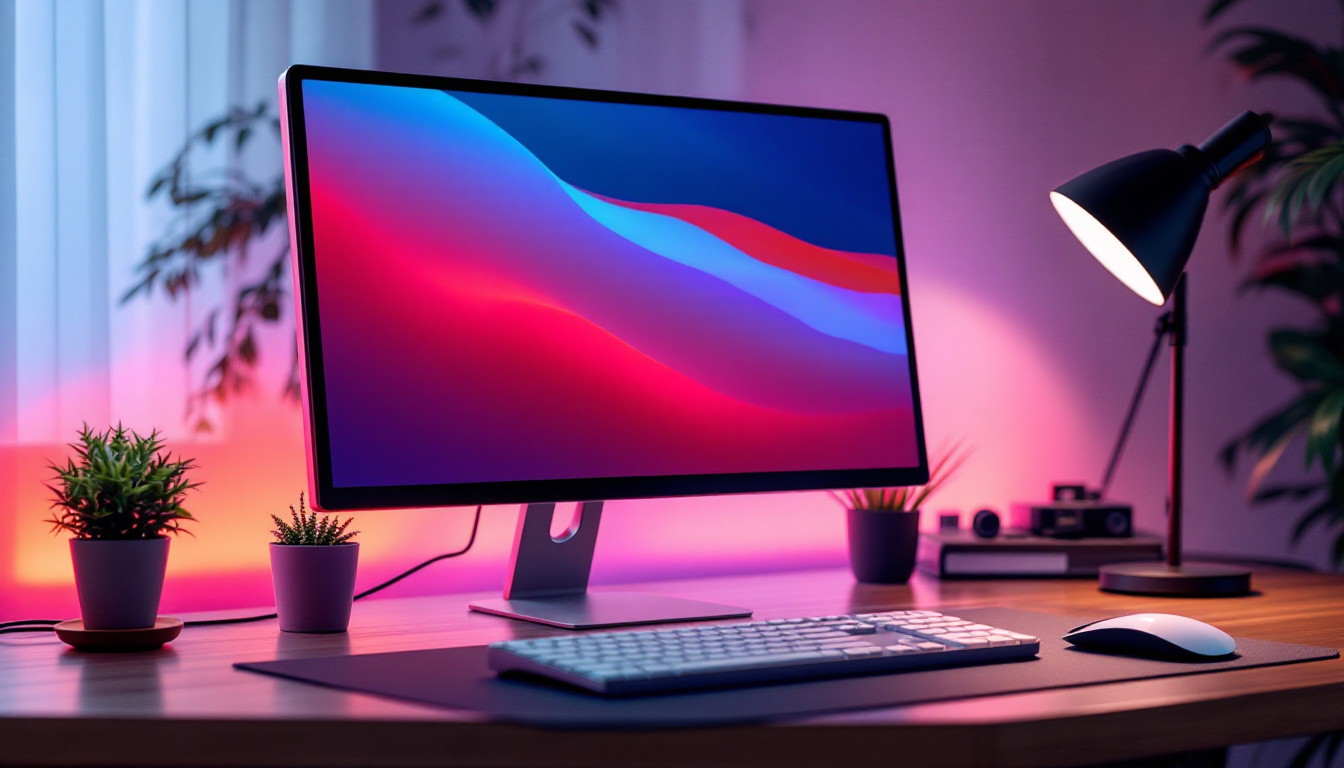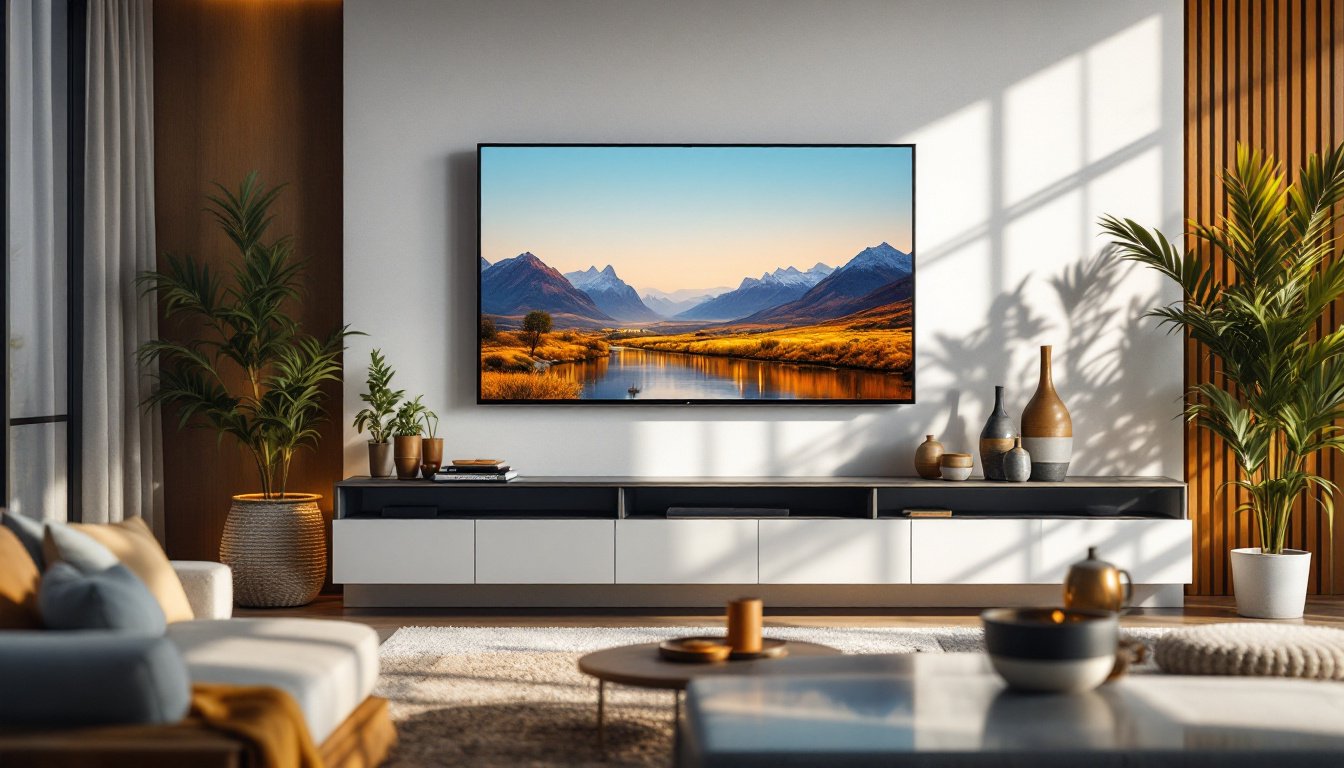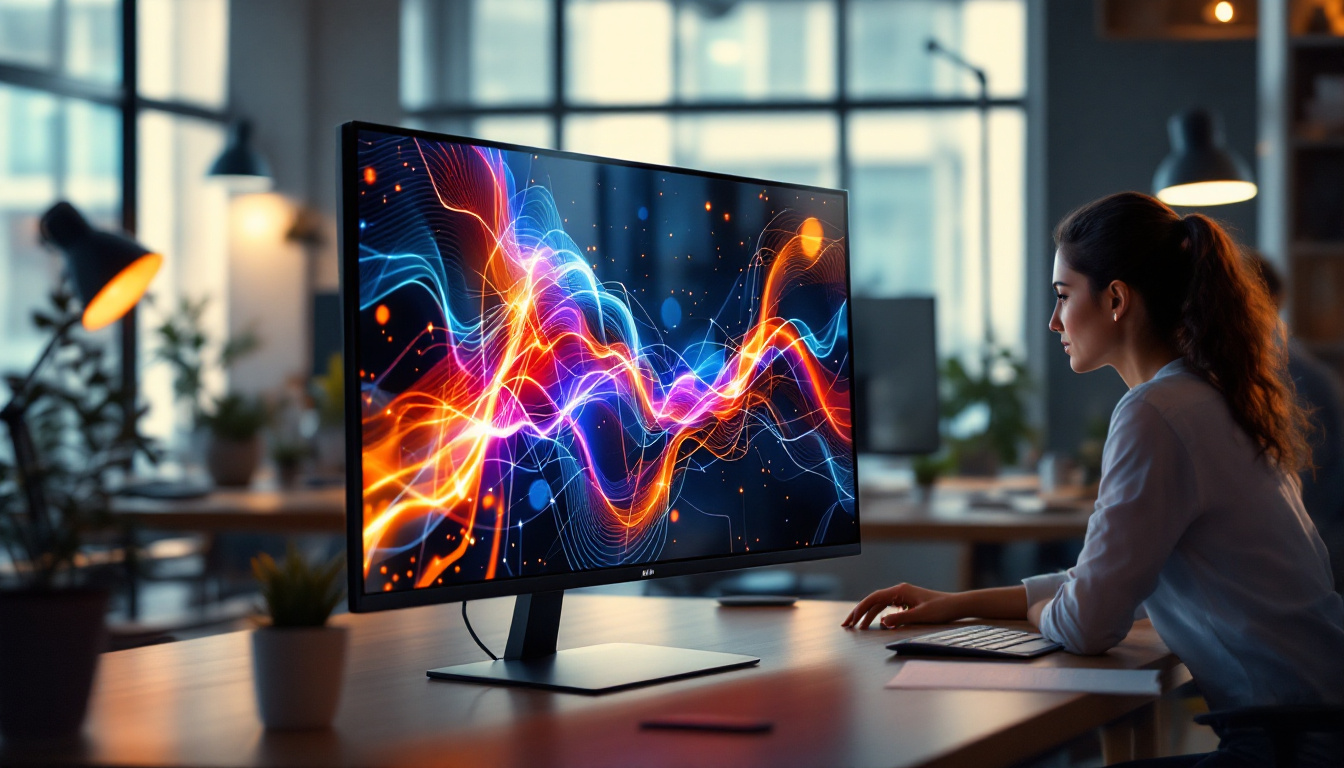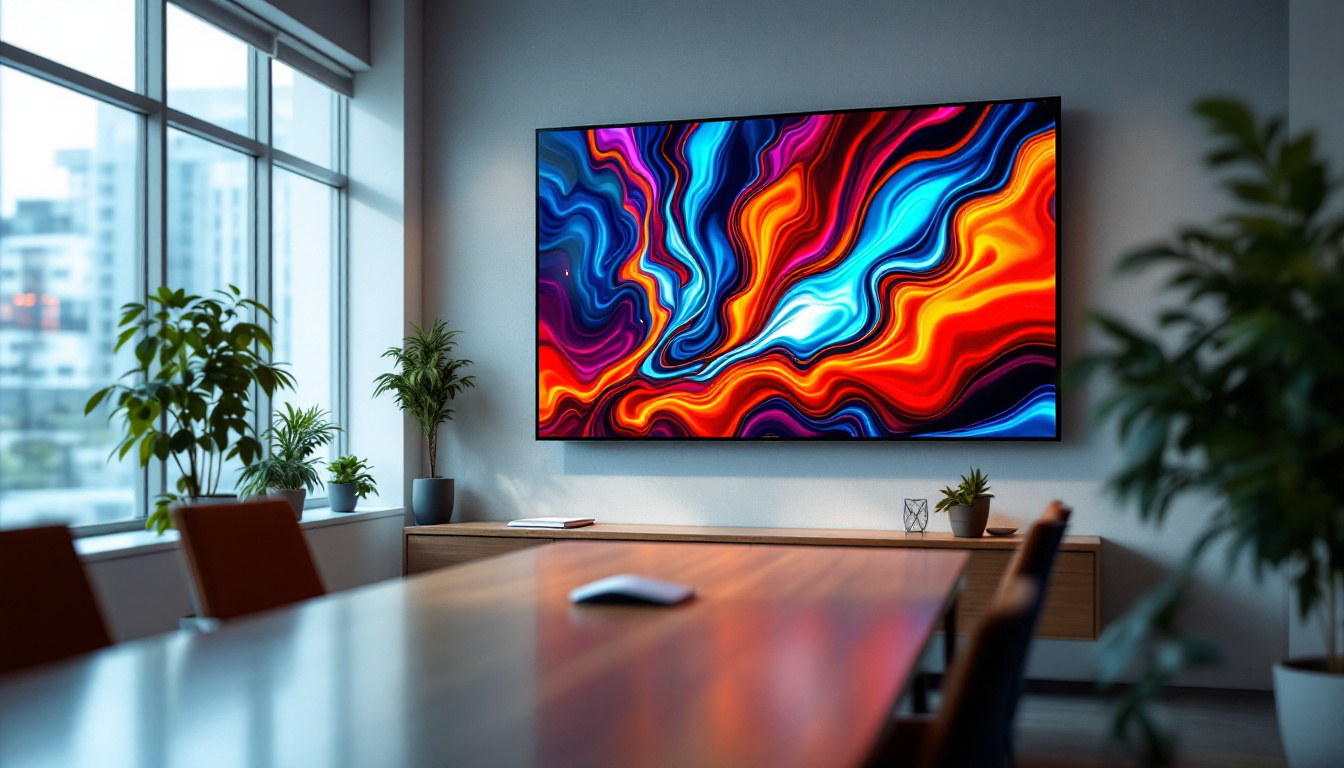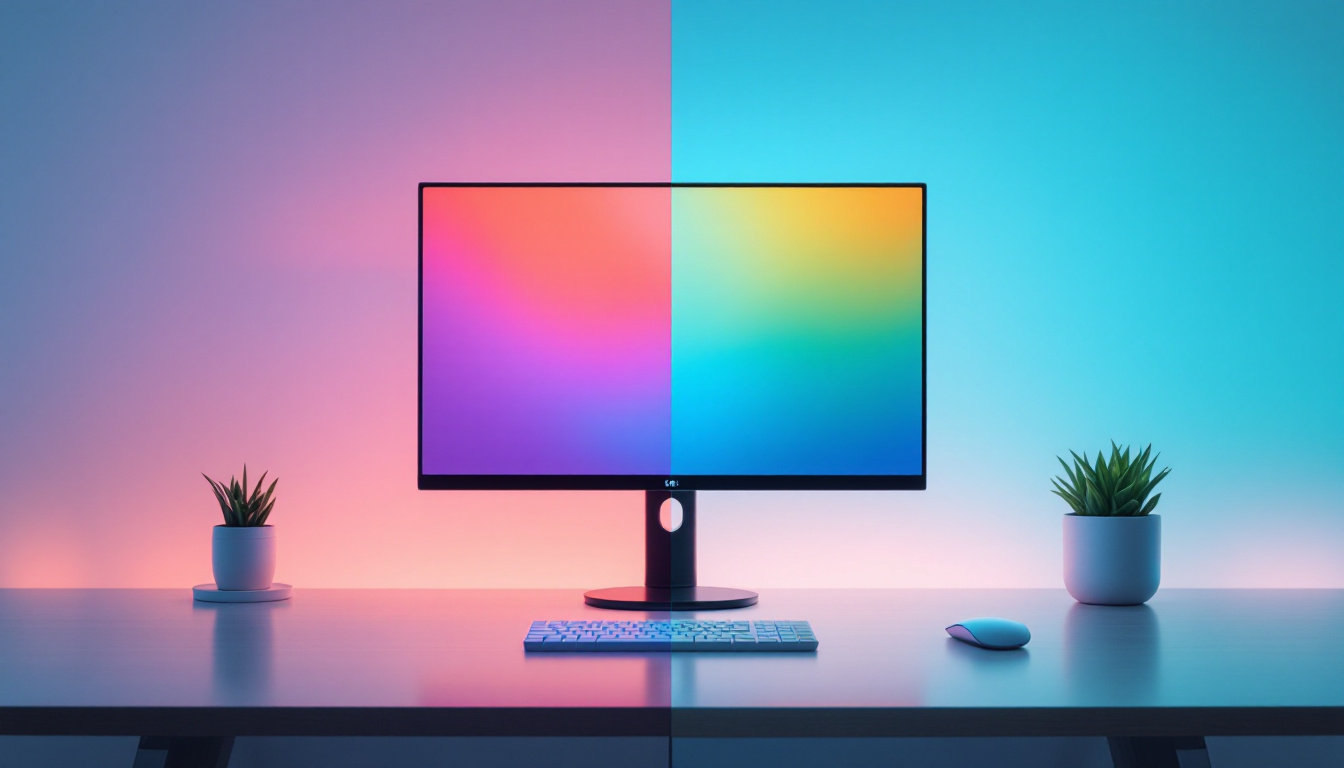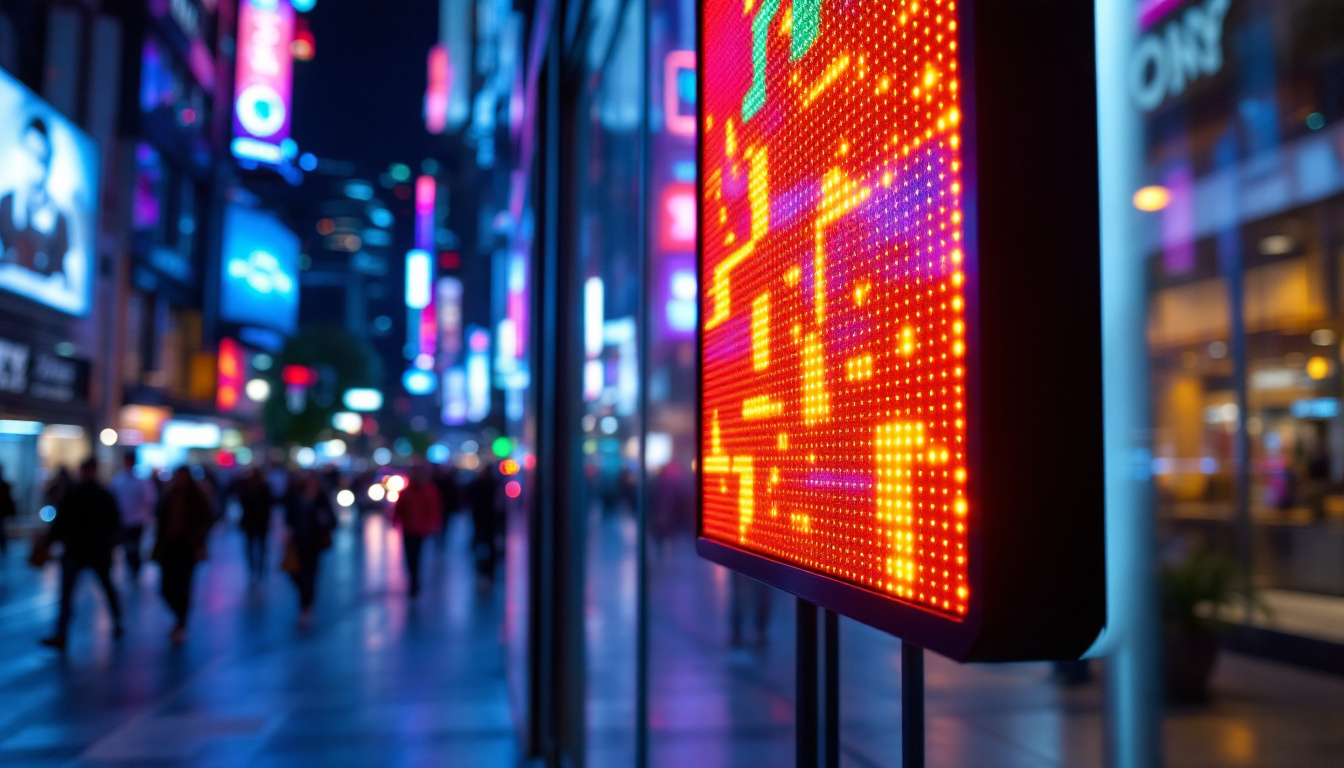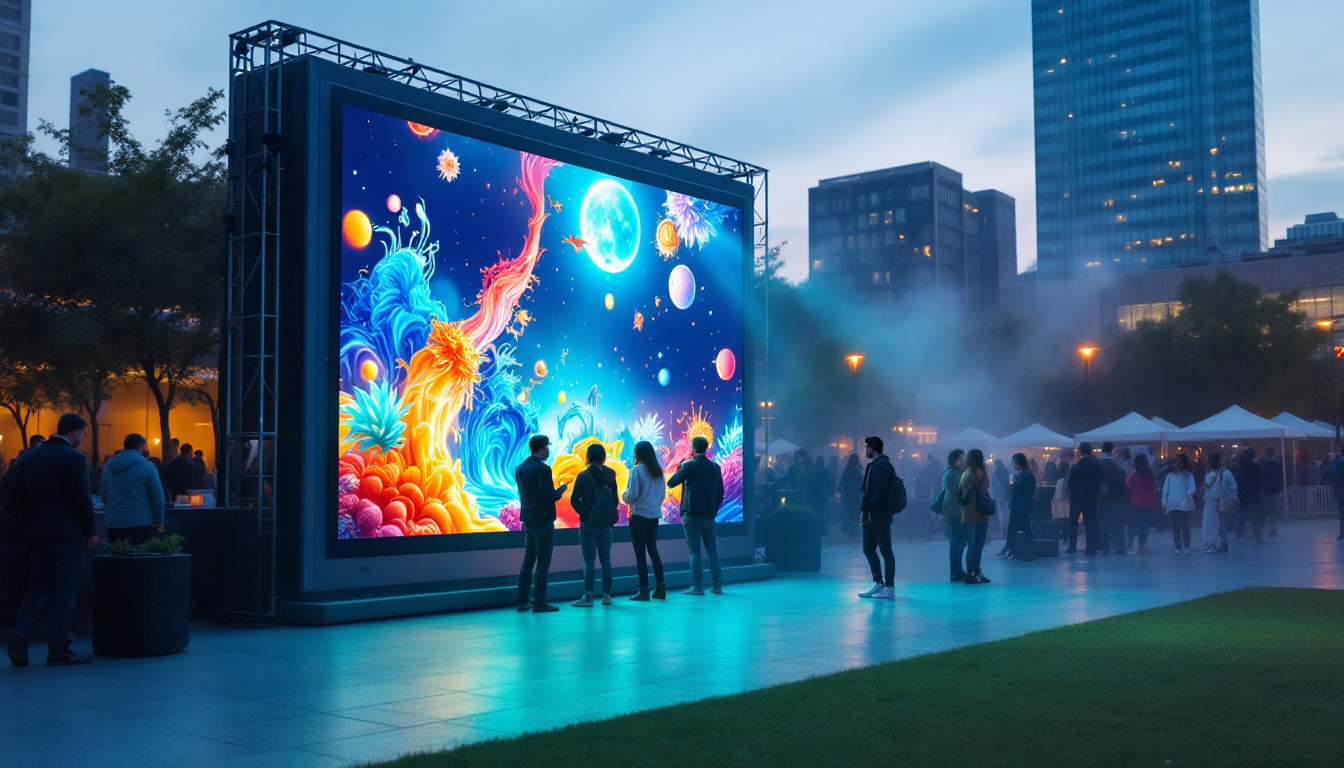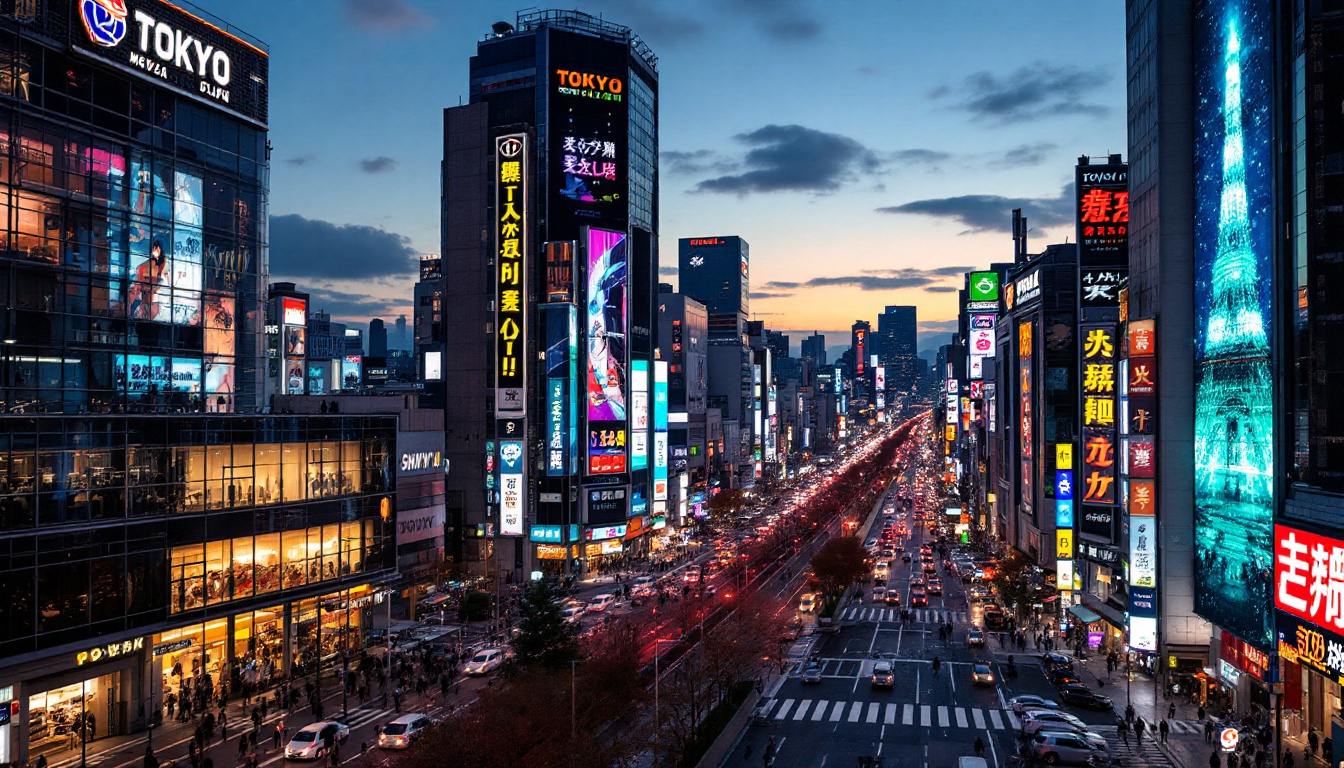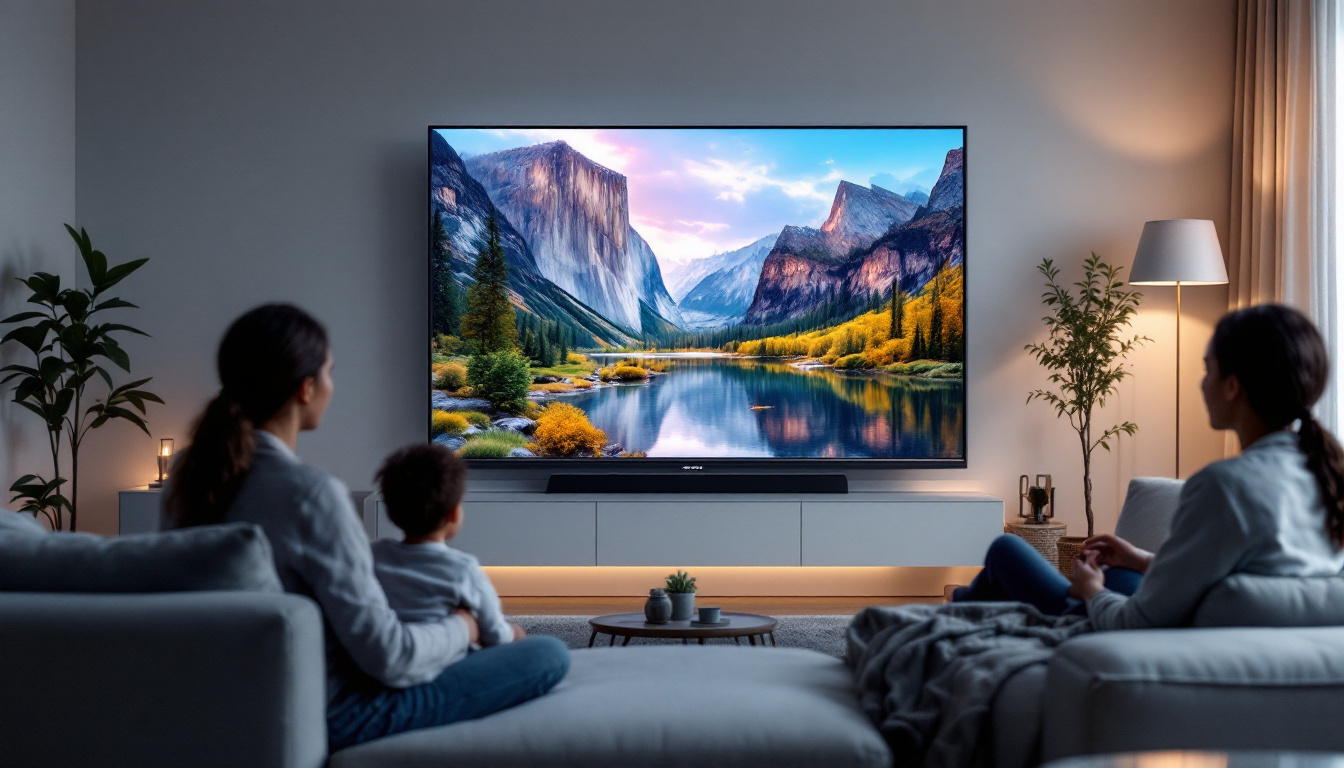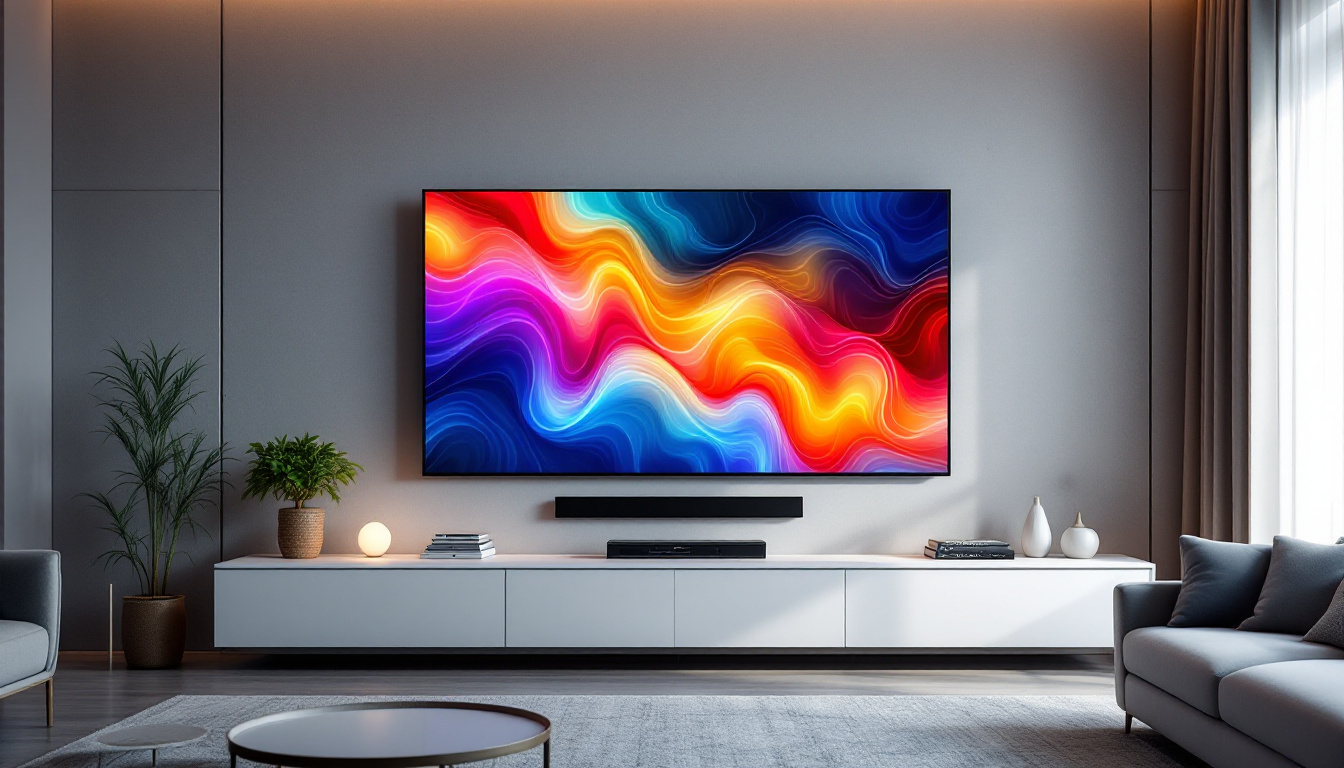In the world of digital displays, LED technology has revolutionized how information is conveyed visually. One of the critical concepts that define the quality and clarity of LED displays is pixel pitch. Understanding pixel pitch is essential for anyone involved in purchasing, designing, or utilizing LED screens, whether for advertising, events, or public information. This article delves into the intricacies of pixel pitch, its significance, and how it impacts the overall performance of LED displays.
What is Pixel Pitch?
Pixel pitch refers to the distance between the centers of two adjacent pixels in an LED display. It is typically measured in millimeters (mm). The smaller the pixel pitch, the closer the pixels are to each other, which generally results in a higher resolution and better image quality. Conversely, a larger pixel pitch indicates a lower resolution, which can affect the clarity of the displayed content. This measurement is crucial for applications ranging from large outdoor billboards to small indoor screens, as it significantly influences how the audience perceives the displayed images and videos.
Understanding Pixels
To grasp the concept of pixel pitch, it is essential to understand what a pixel is. A pixel, short for “picture element,” is the smallest unit of a digital image that can be displayed and controlled on a screen. In LED displays, each pixel is made up of red, green, and blue (RGB) diodes that combine to create various colors. The arrangement and density of these pixels directly influence the visual output of the display. For instance, a high-density pixel arrangement allows for smoother gradients and more intricate details, making it ideal for applications like digital art displays or high-definition video presentations.
Calculating Pixel Pitch
Pixel pitch is calculated by measuring the distance from the center of one pixel to the center of the adjacent pixel. For example, a display with a pixel pitch of 2.5 mm means that there are 400 pixels per square meter. This measurement helps determine how close viewers can get to the screen without noticing individual pixels, thus affecting the viewing experience. Additionally, the choice of pixel pitch can also impact the overall cost of the display; smaller pixel pitches often come with a higher price tag due to the increased complexity in manufacturing and the need for more advanced technology to drive the pixels. Therefore, understanding pixel pitch is not only essential for achieving the desired visual quality but also for budgeting and planning the installation of LED displays in various environments.
Importance of Pixel Pitch
The pixel pitch of an LED display is crucial for several reasons. It influences not only the resolution and image quality but also the intended use of the display. Understanding these implications can guide decisions regarding the selection of an appropriate LED display for specific applications.
Resolution and Image Quality
As previously mentioned, a smaller pixel pitch results in a higher resolution. This is particularly important for applications where fine detail is necessary, such as in video walls for control rooms, high-end retail displays, or large-scale events. Higher resolution allows for more detailed images and smoother video playback, enhancing the overall viewing experience. Moreover, advancements in LED technology have enabled manufacturers to produce displays with incredibly small pixel pitches, sometimes as low as 0.5 mm. This level of detail is not only visually impressive but also allows for more immersive experiences in environments like museums or art galleries, where the clarity of the display can significantly enhance the viewer’s connection to the content.
Viewing Distance
The pixel pitch also dictates the optimal viewing distance. Displays with smaller pixel pitches are suitable for closer viewing distances, while those with larger pixel pitches are better suited for farther viewing. For instance, a display with a pixel pitch of 1.5 mm can be viewed comfortably from a distance of about 1.5 meters, whereas a display with a pixel pitch of 10 mm may require viewers to stand at least 10 meters away for optimal clarity. This relationship between pixel pitch and viewing distance is particularly important in designing spaces such as stadiums or auditoriums, where the audience is often spread out over a large area. By selecting the appropriate pixel pitch, event organizers can ensure that every spectator, regardless of their location, enjoys a clear and engaging visual experience. Additionally, understanding the viewing angles associated with different pixel pitches can help in optimizing the layout of displays in public spaces, ensuring that the content is accessible and visually appealing from multiple vantage points.
Types of Pixel Pitch
Pixel pitch can vary significantly based on the type of LED display and its intended application. Different pixel pitches serve various purposes, and understanding these differences can help in selecting the right display for specific needs.
Indoor vs. Outdoor Displays
Indoor LED displays generally have smaller pixel pitches, ranging from 1.5 mm to 4 mm. This is because indoor environments allow for closer viewing distances, and higher resolution is necessary for detailed content. In contrast, outdoor displays typically have larger pixel pitches, ranging from 5 mm to 20 mm or more. The larger pixel pitch compensates for the increased viewing distance and environmental factors such as sunlight, which can affect visibility. Additionally, outdoor displays are often equipped with advanced weatherproofing and UV-resistant coatings to ensure durability against harsh weather conditions, making them suitable for advertising billboards, stadiums, and public events. The choice of pixel pitch in outdoor settings not only influences visual quality but also impacts the overall effectiveness of the advertising or information being conveyed, as clarity and brightness are essential for capturing the attention of passersby.
Fixed vs. Rental Displays
Fixed LED displays are designed for permanent installations and often feature smaller pixel pitches to provide high-quality visuals. Rental displays, used for events and temporary setups, may have varying pixel pitches depending on the specific requirements of the event. Rental displays are often designed for quick setup and takedown, and their pixel pitch can range widely based on the expected viewing distance. For instance, a concert or festival may utilize rental displays with a pixel pitch of 3 mm to ensure that attendees, even those positioned further away, can enjoy a clear and vibrant visual experience. Furthermore, the versatility of rental displays allows event organizers to customize their setups according to the venue size and audience engagement, making it possible to create immersive experiences that captivate viewers. This adaptability is crucial in the fast-paced world of live events, where the ability to quickly respond to different spatial and aesthetic demands can significantly enhance the overall impact of the presentation.
Choosing the Right Pixel Pitch
Selecting the appropriate pixel pitch for an LED display is a critical decision that impacts the effectiveness of the display. Several factors should be considered when making this choice, including the application, environment, and budget.
Application Needs
Understanding the application is paramount when choosing pixel pitch. For instance, a high-end retail store may require a display with a pixel pitch of 2 mm or less to showcase products in detail, while a stadium might opt for a larger pixel pitch of 10 mm to ensure visibility from a distance. Identifying the primary use case will help narrow down the options.
Environmental Considerations
The environment in which the display will be used also plays a significant role in determining the appropriate pixel pitch. Outdoor displays must withstand various weather conditions and require a pixel pitch that offers visibility in bright sunlight. Indoor displays, on the other hand, can focus more on resolution and detail, allowing for smaller pixel pitches.
Budget Constraints
Budget is another critical factor in the decision-making process. Displays with smaller pixel pitches tend to be more expensive due to the increased number of pixels and higher manufacturing costs. Balancing the desired image quality with budget constraints is essential for making an informed decision.
Future Trends in Pixel Pitch Technology
The LED display industry is continuously evolving, with advancements in technology leading to new trends in pixel pitch. These developments are shaping the future of how displays are designed and utilized across various sectors.
MicroLED Technology
One of the most exciting advancements in LED display technology is the emergence of MicroLED. This technology utilizes tiny, self-emitting LEDs that can be arranged in a modular fashion, allowing for incredibly small pixel pitches—often below 1 mm. MicroLED displays offer exceptional brightness, contrast, and color accuracy, making them ideal for high-end applications such as cinema and professional broadcasting.
Flexible and Transparent Displays
Another trend gaining traction is the development of flexible and transparent LED displays. These displays can be bent or shaped to fit various surfaces, opening up new possibilities for creative installations. As pixel pitch technology improves, these flexible displays are expected to offer smaller pixel pitches, enhancing their visual quality and usability in innovative ways.
Conclusion
Pixel pitch is a fundamental aspect of LED display technology that significantly impacts image quality, resolution, and overall viewing experience. By understanding the nuances of pixel pitch, including its importance, types, and future trends, individuals and organizations can make informed decisions when selecting LED displays for various applications. As technology continues to advance, the possibilities for LED displays will expand, paving the way for even more engaging and visually stunning experiences.
Whether for advertising, entertainment, or information dissemination, the right pixel pitch can make all the difference in delivering impactful visual content. As the demand for high-quality displays grows, so too will the innovations in pixel pitch technology, ensuring that LED displays remain at the forefront of visual communication.
Explore Cutting-Edge LED Display Solutions with LumenMatrix
Ready to elevate your visual experience with the perfect pixel pitch? Look no further than LumenMatrix, a pioneer in LED display technology. Our comprehensive range of products, from Indoor and Outdoor LED Wall Displays to innovative solutions like Vehicle LED Displays and LED Transparent Displays, is designed to meet your every need. Embrace the future of visual communication with LumenMatrix’s advanced digital signage and LED display solutions, crafted to captivate your audience and amplify your message. Check out LumenMatrix LED Display Solutions today and transform your space into a dynamic visual spectacle.


